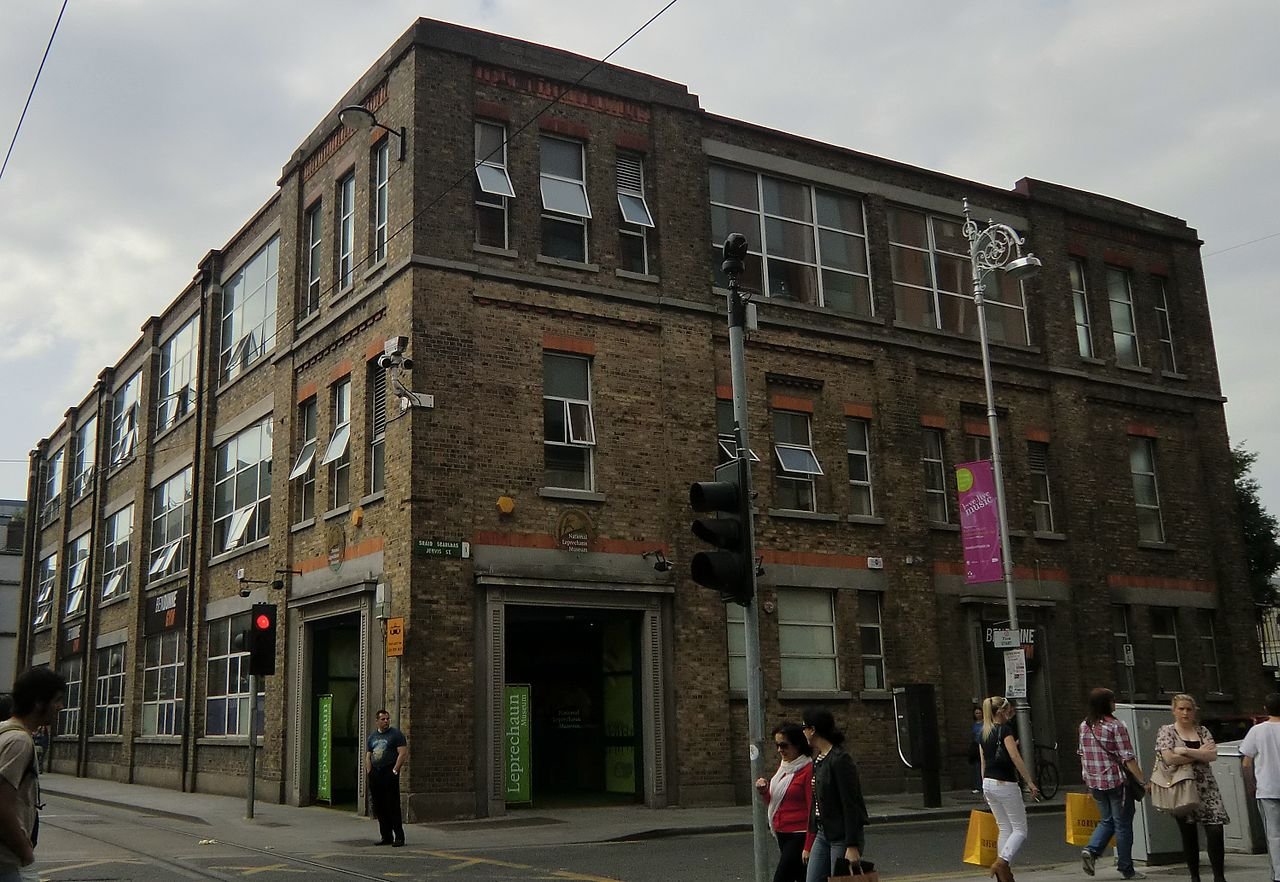Ireland is a country known for its greenery, pubs and rain. At least that's what we suggested in our guide to visiting the country. However, there's more to Ireland than Guinness; from The Giant's Causeway to Skellig, the country is rich in great places to visit if you can brave the rain!
Ireland is also a country steeped in folklore and history, much of it encapsulated in pop culture. Not only do we think of Guinness and rain when we think of Ireland, but there are leprechauns, pots of gold and rainbows. That's reinforced by the country's depiction in digital media, a classic point being the Leprechaun films starring Warwick Davis and Jennifer Aniston in her screen debut. There's also plenty of Irish mythology in video games; Eurogamer discusses how The Witcher series leaned heavily on Ireland. There's even a location in the game called Skellige, based on the Skellig Isles. The games on mobile devices are a little blatant; the jackpot slots on Foxy Bingo called Lock o'The Irish and Leprechaun's Luck leverage Irish mythology and imagery within their themes. That's continued in numerous mobile games, such as Counting Shamrocks, Surround the Leprechaun and Clover Rollover. There's even an Irish Giant in Resident Evil, furthering the imagery associated with Celtic and Irish mythology.
Whilst this creates an image of Ireland and its myths, the reality is very different; Dublin is a bustling city whilst other towns tend to steer clear of the stereotypes and mythology a tourist may wish to take in. There are some locations you can visit that have relevance to the pop culture depiction of Ireland, and if you're keen on seeing that side of this wonderful country, these are three locations you should visit.
The Hill of Tara
Stone of Destiny, CREDIT: August Schwerdfeger, Stone of Destiny 2018-07-24, CC BY 4.0
The Hill of Tara in the Boyne Valley is of extreme importance in Irish mythology; it is said to be where St Patrick went to confront the Celtic pagans. The Stone of Destiny is on the site; it is said to have roared with praise if it approved the appointment of an Irish High King.Today, the site is home to more than 30 visible ancient monuments and is free to visit. A visitor centre and guided tour will help you understand the location's role in Irish mythology and why it continues to be important to this day.
Skellig Islands
Skellig hives, CREDIT: Towel401, Skellig hives, CC BY-SA 4.0
The Skellig Islands may have influenced the Witcher, but they've also been seen in the lore of another world altogether; that of the Jedi. They were used to film scenes from the 2015 film The Force Awakens, with the remains of the Skellig Michael monastery featuring as a Jedi temple.It is said to be where Daire Domhain prepared himself for battle with Fionn mac Cumhaill (Finn McCool) and his Fianna and the site of a hermit baptizing Olav Trygvasson, a Viking who later became king of Norway. Poet George Bernard Shaw was more convinced of its place in Irish mythology, describing it as an "incredible, impossible, mad place" and "part of our dream world".
National Leprechaun Museum of Ireland
Leprechaun Museum, CREDIT: YvonneM, National Leprechaun Museum.crop, CC BY-SA 3.0
Our previous locations require you to get out and about in the Irish countryside, but if you're a city dweller, there's a great place to visit in Dublin that gives you a glimpse of Irish mythology. The National Leprechaun Museum is located on Jervis Street and claims to be the only site of its type anywhere in the world.The basics of Leprechaun history are thoroughly explained through the exhibits, with a guided tour and a history of the creatures in popular culture. It strips away some stereotypes films and games have created and references other creatures such as fairies, banshees and more.
The Giant's Causeway
Giants Causeway
We've already mentioned Fionn mac Cumhaill, the Irish giant. As the story goes, he was challenged to a fight by the Scottish giant Benandonner. It's believed he built a causeway from Ireland to Scotland, but when he appeared to fight the Scot, he realized he'd be beaten. He disguised himself as a baby in his wife's arms, but Benandonner was terrified; if the baby was that big, how large must the father be? He rushed back to Scotland, destroying the causeway so he couldn't be chased. There are similar stones at Fingal's Cave on the Scottish isle of Staffa, 'proving' the story.Today, a modern visitor centre (the first one burned down in 2002) attracts around 1m people each year. Part-funded by the National Trust, it tells the factual geology behind the attraction and the mythological one.





